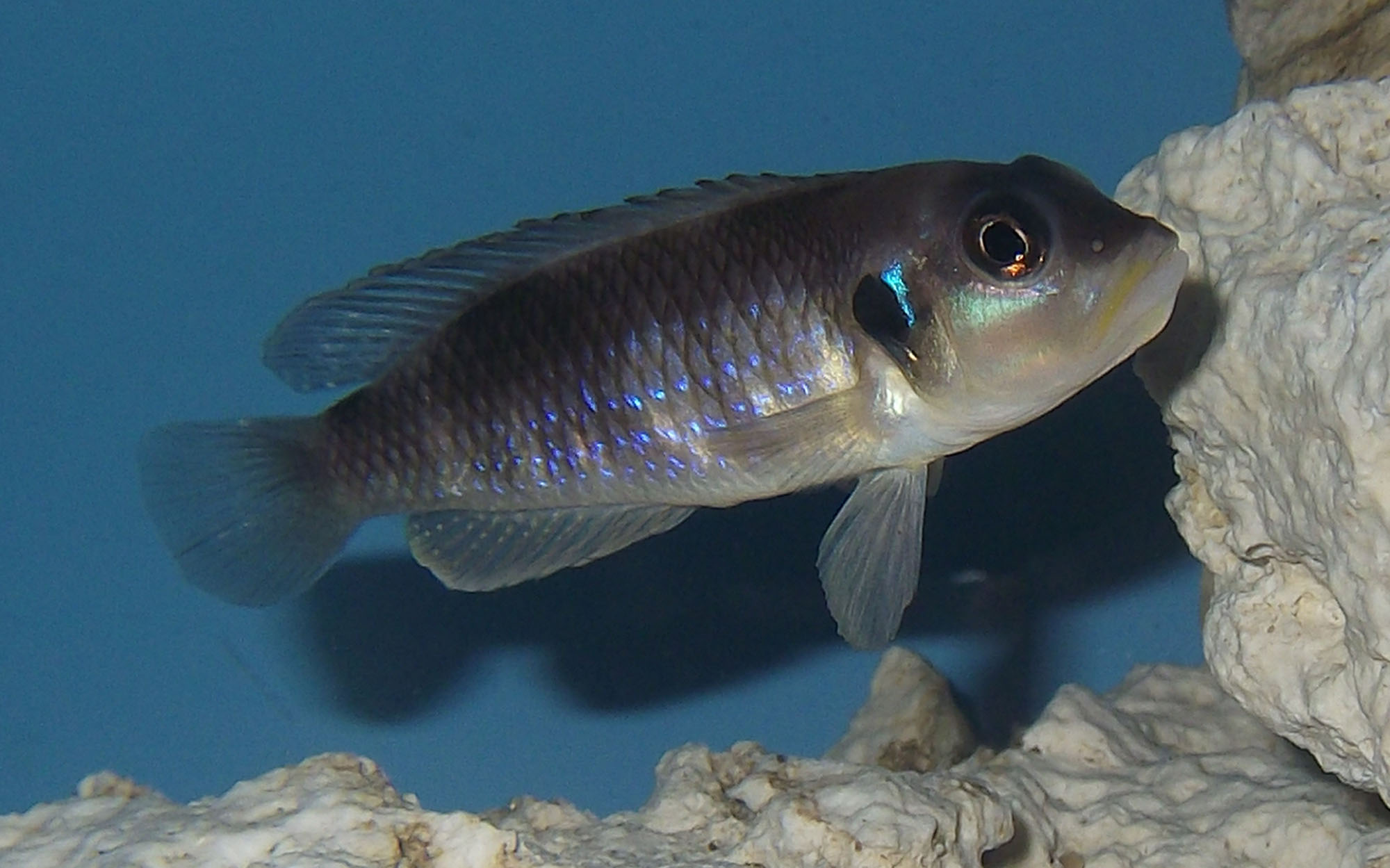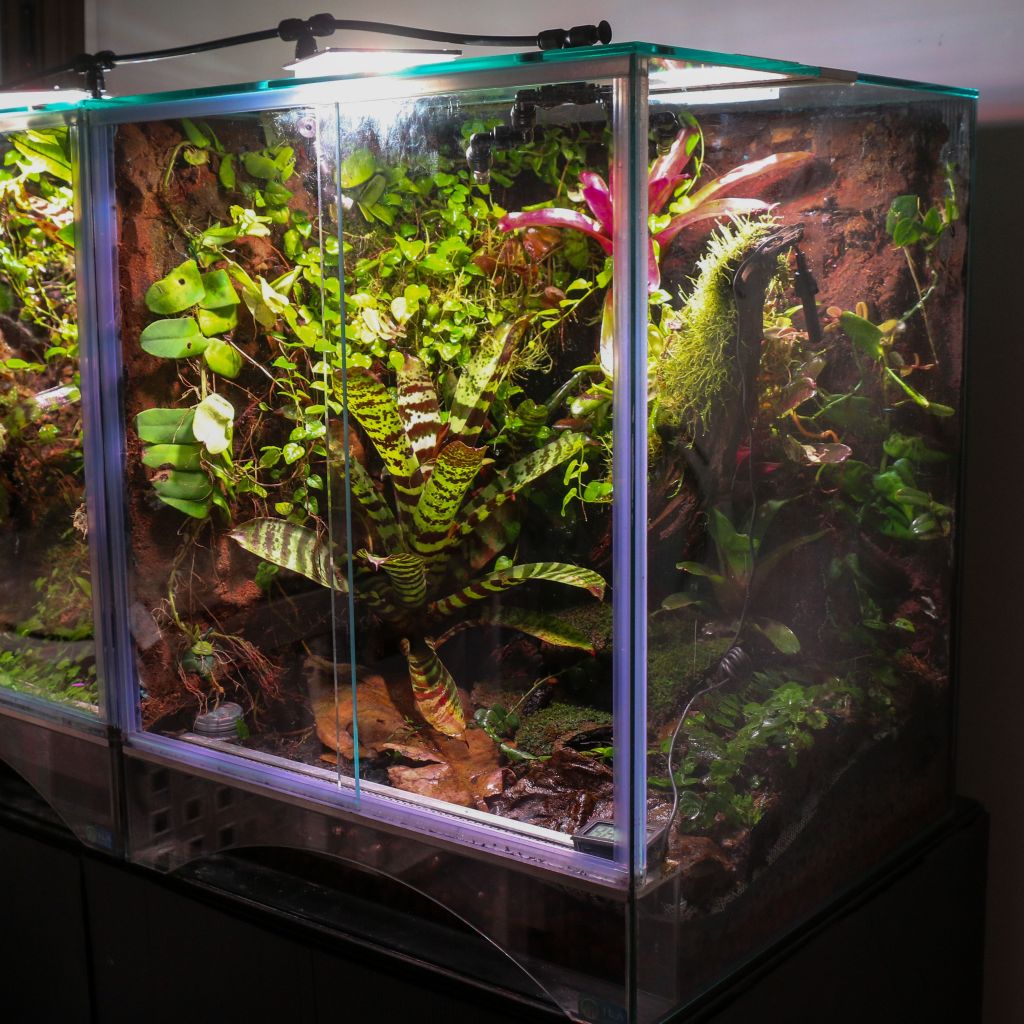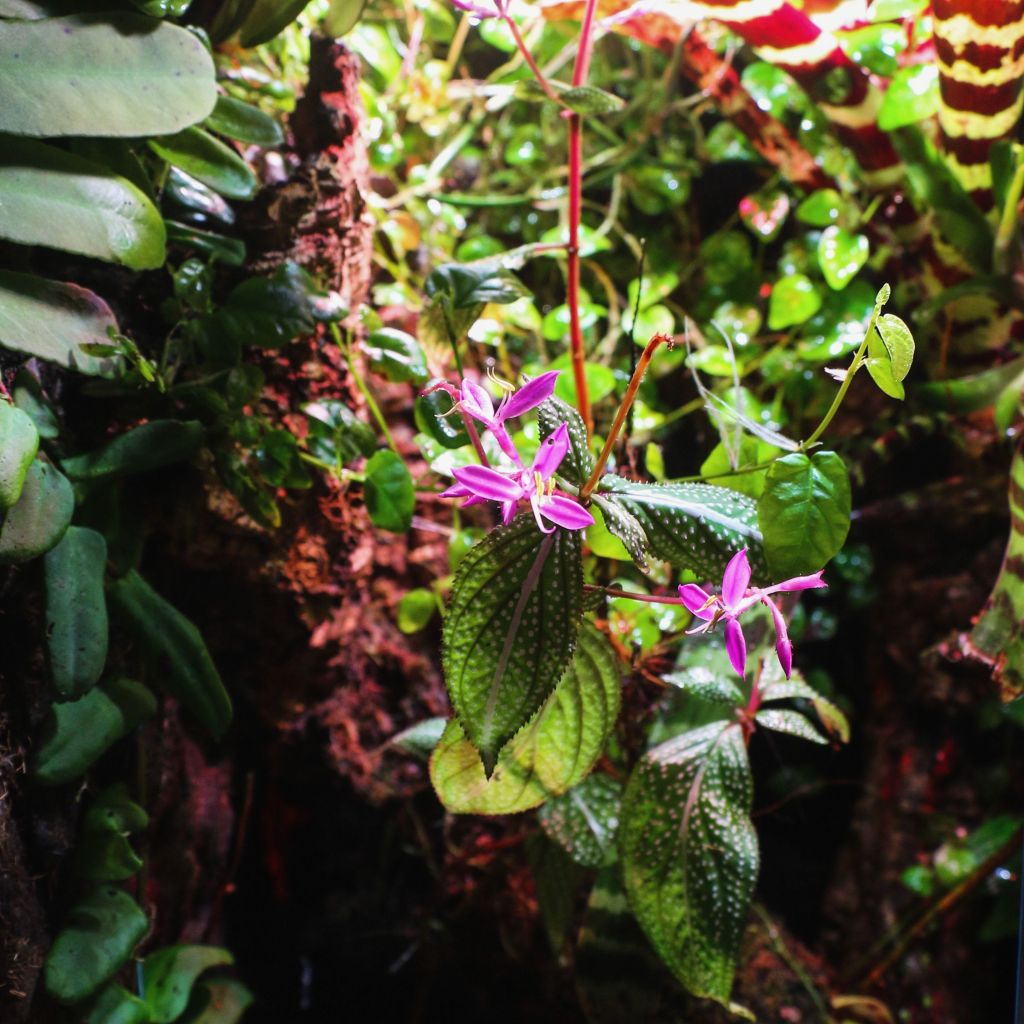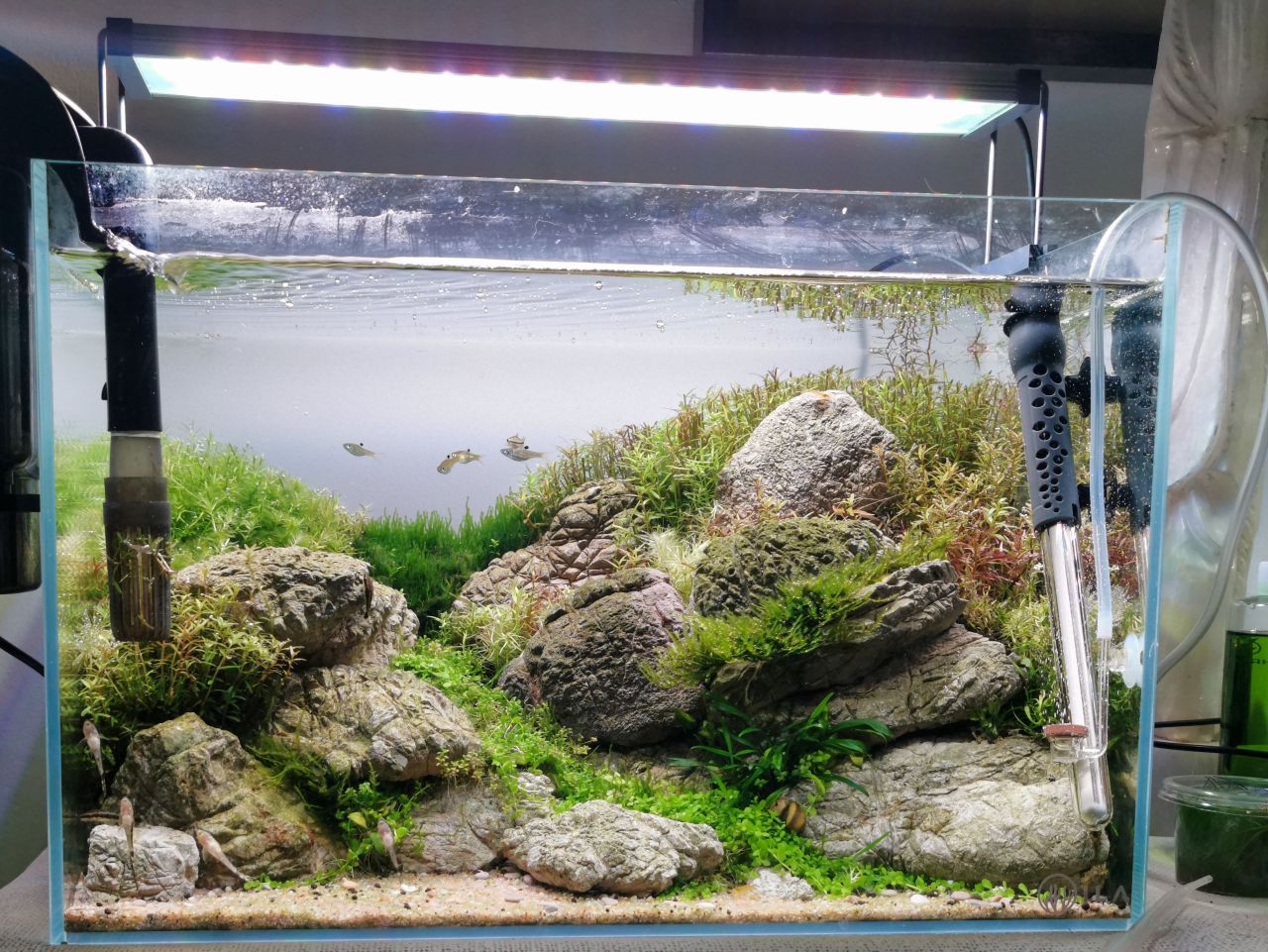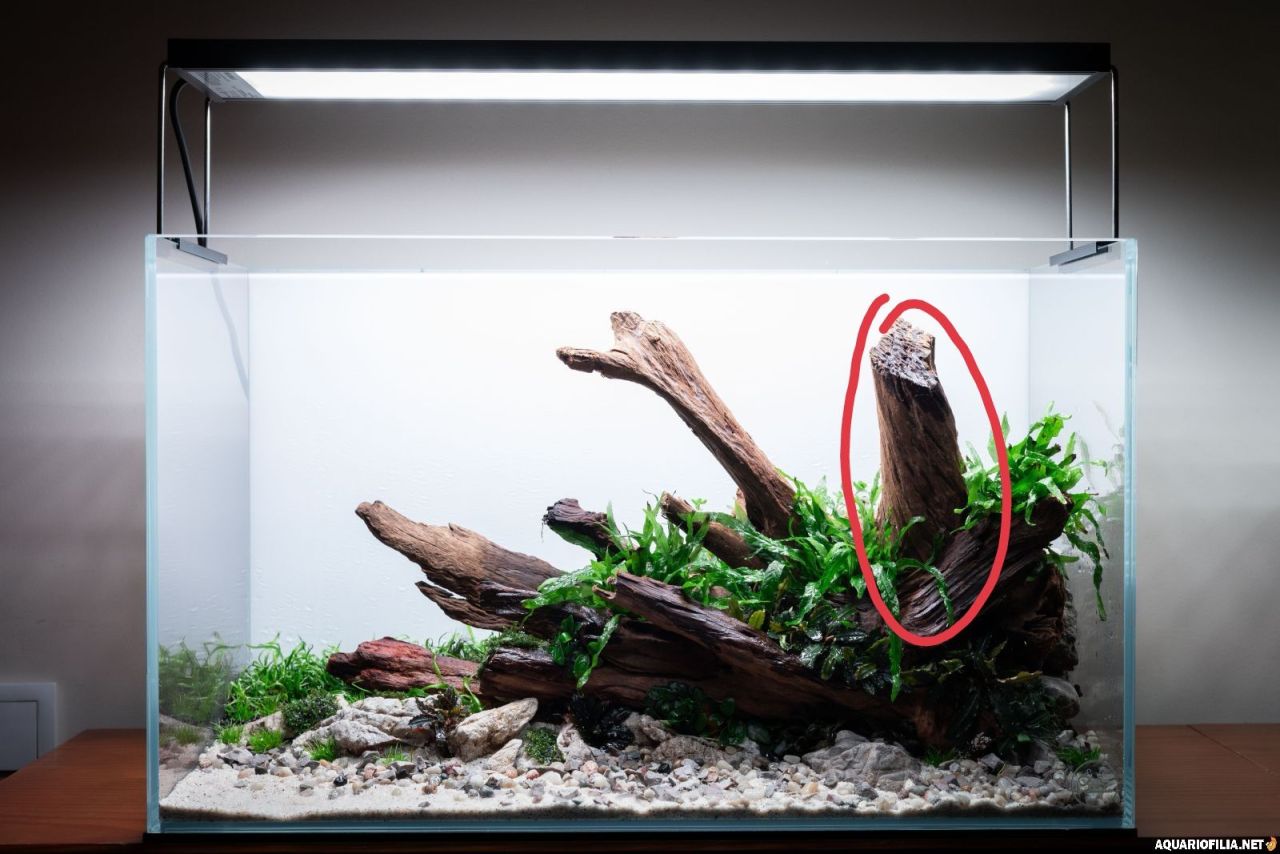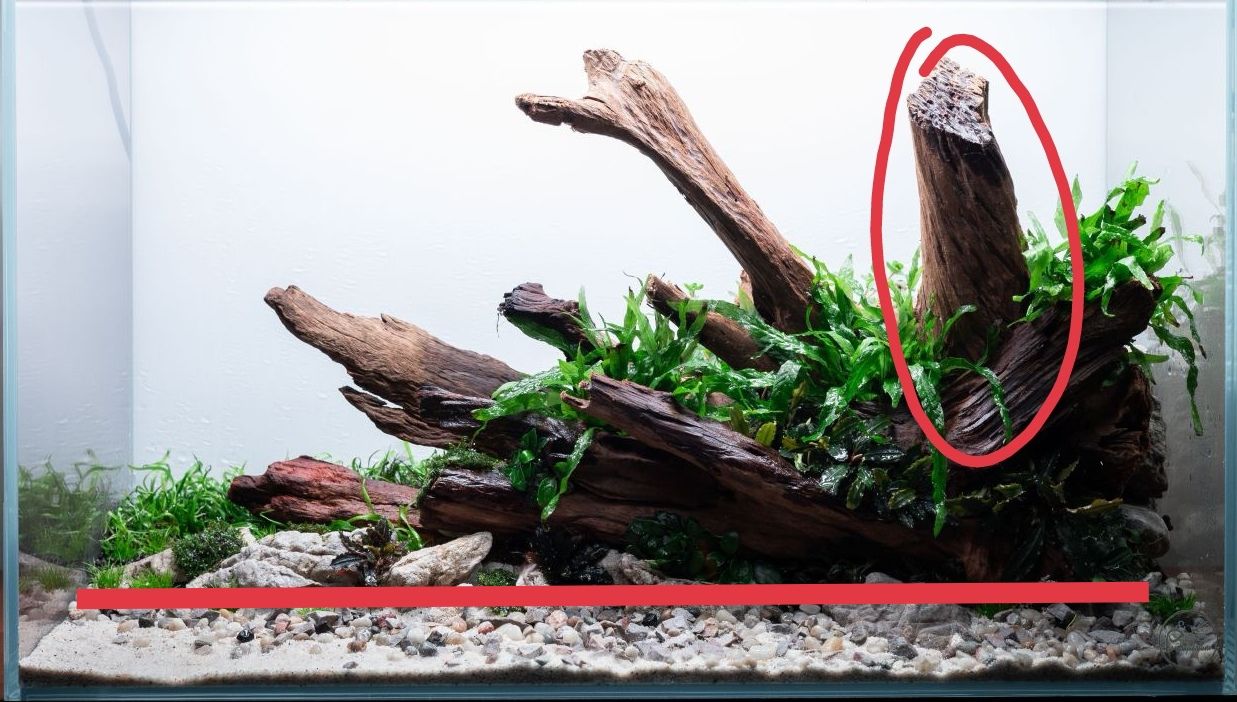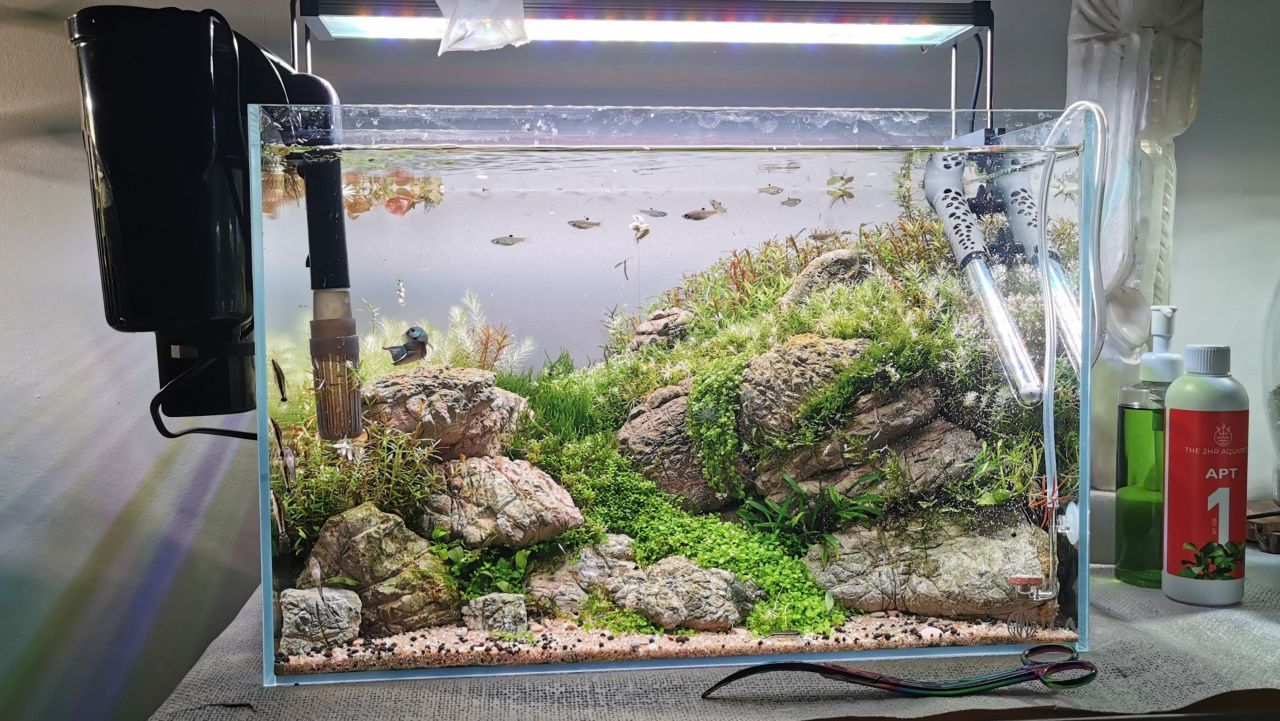Tipo de Conteúdo
Perfis
Fóruns
Eventos
Galeria
Downloads
Loja
Tudo publicado por Vera Santos
-
Boas, Colocaria no sentido do fluxo existente. Não é bom esses cortes abaixo da linha de água, são de evitar. A linha nada tem a ver com 2D ou 3D, tem a ver que tens um linha recta e paralela ao vidro, e isso, é considerado um erro de execusão, porque nada na natureza é uma linha recta, apenas com mão humana na jogada. 😉 Coisa que inicialmente a gente nem nos nos passa pela cabeça, vamos aprendendo a observar e transferir para dentro de água.
-
Boas, melhorou bastante. Abraço
-

[desafio] Sparow - 4ª Desafio de Aquascaping
Vera Santos respondeu a Vera Santos num tópico de AQUASCAPING
Boas, não José, acho que weeping. Lá no fundo é flame, faz uma moita engraçada, nunca tinha experimentado e gosto muito do aspecto final. -

Terrários - Upgrade ILA
Vera Santos respondeu a Vera Santos num tópico de PALUDÁRIOS, TERRÁRIOS E AQUA-TERRÁRIOS
Obrigada meninos, beijinhos ❤️ -

Terrários - Upgrade ILA
Vera Santos respondeu a Vera Santos num tópico de PALUDÁRIOS, TERRÁRIOS E AQUA-TERRÁRIOS
-
Boas, está com bom aspecto, só não aprecio a poda das rotalas do lado direito, está muito arredondada a moita, não está muito natural, na minha opinião. 😉
-

[desafio] Sparow - 4ª Desafio de Aquascaping
Vera Santos respondeu a Vera Santos num tópico de AQUASCAPING
Boas, uma actualização aqui do aquário, lá segue com algumas alterações no plantio que queria fazer. Umas algas especialmente do lado esquerdo, mas que hão-de desaparecer com o tempo, espero eu. -

Terrário / Vivarium - Tutorial
Vera Santos respondeu a Vera Santos num tópico de PALUDÁRIOS, TERRÁRIOS E AQUA-TERRÁRIOS
Bem vindo ao fórum, quando começares o projecto abre um tópico, dentro das minhas possibilidades ajudo-te. Obrigada pelas tuas palavras, ainda existe sim, a manutenção não dá muito trabalho, é só podar as plantas de tempos a tempos, alimentar as rãs. Nada de mais. Ando para actualizar o tópico há tempos, a ver se tiro umas fotos esta semana. Abraço. -
Boas, a montagem está bonita, a escolha de plantas também, agora é deixar crescer e ver como evolui. O que menos gosto, é o corte e o tronco quase na perpendicular aos vidros frontal e lateral, algo que se deve evitar, não acompanha o fluxo do conjunto. Na minha opinião, era cortá-lo de todo e colocar outro em sua substituição. Atenção, tens uma linha paralela ao vidro frontal, o que não é natural, havias de ter reentrâncias e saliências dos pedriscos e areias. Sugestões, valem o que valem, mas é a minha modesta opinião. Abraço
-
Parabéns João!
-
Muitos parabéns @ismael_figueira, agora por aqui, belo trabalho 👍🏻👌🏻
-
Muitos parabéns, foi merecido!!! Só tens de estar orgulhoso. 😉👏🏻👏🏻
-

[desafio] Sparow - 4ª Desafio de Aquascaping
Vera Santos respondeu a Vera Santos num tópico de AQUASCAPING
Boas, olha sinceramente, eu normalmente aproveito os desafios para experimentar plantas novas, e também no dia em que o montei, não estava a pensar se era perfeito ou não para concurso. Até porque não fui com nada pensado, nem tão pouco com alguma referência, foi mesmo o que saiu naquela altura. A intenção era mesmo para curtir, olhar para ele na sala, sem stresses, por acaso correu bem e fiquei satisfeita com o resultado. Ainda pensei em melhorá-lo, para concurso com outra secção fotográfica, mas depois de pensar, ouvir opiniões dos meus amigos da equipa a que pertenço, o BAU deixei para puder partilhar aqui e nas redes sociais a evolução dele até Setembro ou Outubro, quiçá mais tempo até. É um aquário pequeno, não dá muito trabalho, não é dispendioso e é bonito onde está. Obrigada pelas tuas palavras. Para mim foi uma surpresa pois este ano o nível das montagens era superior e foi uma agradável surpresa ter ficado em primeiro. Obrigada José Carlos 😉 Foi um prazer estar mais uma vez com a malta e na PetFestival. -
Esta, mesmo a nível de aquário maturado, poda e claro está, fotografia. Mas perguntas por algum motivo especial?
-
Boas noites, Parabéns @ismael_figueira, gostei muito, um dos meus preferidos na votação lá no grupo. Estou a executar um nature, e para mim não é de fácil execução, estou a ter alguma dificuldade, pena não puder publicar aqui para alguns de vocês ajudarem. Mais uma vez, excelente trabalho dos juízes e comentários idem, o @Tozé Nuneseste ano está de parabéns na escolha de juízes. Gostava de ter visto a evolução deste aquário nos três meses, para aprender mais alguma coisa. Abreijos
-
Boas. É uma planta bonita, mas não dá para controlar, quando a usei pela primeira vês ameia, passado uns meses, passei a detestá-la, terrivelmente invasora, afoga o crescimento de qualquer outra rotala. Ela cresce muito densa, ensombra as outrasá volta e sem luz e sem espaço para crescerem, acabam por definhar e desaparecer.
-

[desafio] Sparow - 4ª Desafio de Aquascaping
Vera Santos respondeu a Vera Santos num tópico de AQUASCAPING
Boas, actualização. A PetFestival lá foi, correu tudo bem. O aquário já está em casa, foi replantado, com umas rotalas que o Ricardo Gil me deu, visto ter desmontado o aquário dele do desafio na FIL. Portanto, este aquário vai continuar até meados de Setembro pelo menos. Assim sendo deixo foto da segunda fase. Replantado a 31 de Janeiro, poda das moitas do lado direito mesmo agora, amanhã faço tpa se Deus quiser. Hoje já não tenho paciência.... -
X2 Mas acho que não, pois não?
-
Boas, concordo com os juízes, e até pelas pontuações que deram, estiveram todos em sintonia sem o saberem. Sinal de que foram uma boa escolha. Agora é levar isso a cabo, corrigir e aprender com este layout. É o que vou fazer com o meu. 😉
-

[desafio] 4ª edição do desafio de Aquascaping - Rising Woods
Vera Santos respondeu a DiogoMachado num tópico de AQUASCAPING
Vim ao Pc ver as fotos porque no telemovel não tem a mesma qualidade de imagem e não é fiavel, no entanto clareei a foto mais mas no meu entender não o suficiente. Sem duvida a edição da foto do Nuno está deveras melhor que a minha. Na altura para safar, foi o melhor que consegui. Agora se não fosse a edição do Nuno, ainda pior classificado tinhas ficado! 😉 -
Boas, parabéns Vasco, concordo com as críticas dos juízes, também concordo com o que o Bruno disse. Mas o aquário está saudável, e está interessante. E realmente o que gostei mais foi das pinnatifidas no topo da árvore, se fosse eu, se calhar não conseguiria uma poda tão bem feita, até a nível de escala. O que não percebi foi o comentário do Masashi Ono, ".... but the symmetrical placement of the driftwood and water plants lacks rhythm and intensity. The selection and positioning of the fish is excellent." alguém me explique??? Bj
-

[desafio] 4ª edição do desafio de Aquascaping - Rising Woods
Vera Santos respondeu a DiogoMachado num tópico de AQUASCAPING
O problema foi a edição da foto, podia ter aproveitado a ajuda de quem melhor sabe fazer isso. Eu avisei que a edição estava muito escura, mas a segunda tentativa não foi suficiente. De qualquer forma, está muito bom, parabéns Diogo! -

[desafio] "Obrigado Filipe Oliveira" - 4ª edição do desafio de Aquascaping
Vera Santos respondeu a RodolfoProvenzano num tópico de AQUASCAPING
Nem mais, foi o que pensei quando li a resposta dele! -

[desafio] "Obrigado Filipe Oliveira" - 4ª edição do desafio de Aquascaping
Vera Santos respondeu a RodolfoProvenzano num tópico de AQUASCAPING
Bruno não se inspirou em foto nenhuma, inspirou-se num aquário de um colega dele brasileiro de há uns anos, dum concurso. Claro que saber o nome do aquário podia ter ajudado a compreender o layout. Quanto à tua observação sobre a compreensão do layout, é um facto e condordo. 😉 As plantas estavam saudáveis, foi pena ele não ter partilhado mais a evolução do aquário. De qualquer forma, está bonito, precisava de mais uns pormenores, moita direita mais alta, concordo com os comentários dos juízes. Parabéns Dorfo, é a terceira vez que estás para cá vir abaixo e não foi possível, as tuas melhoras. Beijinhos -
Boas, está a esconder o jogo ele🤣🤣🤣, suspense..... 🤪
.png.93acdf700c71fff95a5ed5a70cc6c4d0.png)

